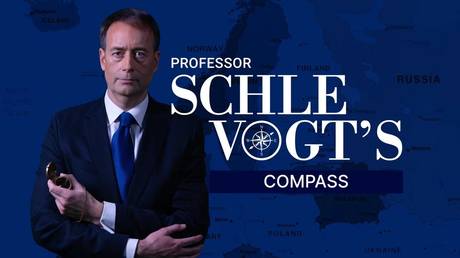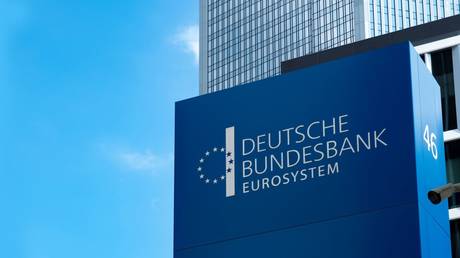
Scientists have made a major energy transfer breakthrough, achieving unprecedented efficiency using a so-called ‘anti-laser’ device to capture diffuse microwave energy, taking humanity one step closer to a wireless future.
At present, wireless charging for devices like smartphones is possible but within an extremely limited range, and with varying degrees of efficiency. Long-range wireless power transfer, on an industrial scale, is still somewhat of a distant dream.
However, a team of researchers at the University of Maryland (UMD) have taken a huge leap towards making it a reality, by expanding upon existing techniques for ranged energy transfer.
The majority of current research in the area focuses on narrow beams of energy aimed at a target receptor but energy loss and efficiency issues abound.
In contrast, the UMD team explored long-range power transmission without the need for focused beams of energy, by employing a concept known as an “anti-laser.”
Lasers are the result of a domino effect in which protons of a certain color are shot out triggering a chain reaction with other protons of the same color, thus creating a beam of light we recognize as a laser beam.
On the other hand, an ‘anti-laser’ reverses this process; instead of boosting photons along a coherent path, it absorbs tuned photons.
Led by UMD Professor of Physics Steven Anlage of the Quantum Materials Center (QMC), the team decided that they wanted to prove such a reverse laser was possible in a more challenging environment, more akin to the real world than the laboratory.
“We wanted a sort of random, arbitrary, complex environment, and we wanted to make perfect absorption happen under those really demanding circumstances. That was the motivation for this, and we did it,” Anlage says.
The team set up what has been described as a labyrinth of wires through which electromagnetic waves, or more specifically microwaves, could travel (microwaves are a common candidate in energy transfer research given their flexibility and ease of manipulation).
The team then beamed microwaves of different frequencies, amplitudes and phases through the labyrinth to an absorber embedded in the centre. Through repeated experiments using this labyrinth, the researchers fine-tuned the exact properties of input microwaves to maximise efficiency of energy transfer.
In the best case scenario, the labyrinth absorbed 99.999 percent of the power they sent into it – a promising start.
The team next examined wireless power transfer capabilities of the system by repeating the experiments within a cavity, this time with two brass plates placed at either end several feet apart, with an asymmetrical hole in the middle to randomize the microwaves which were later beamed in.
Sure enough, with the right tweaks, they achieved 99.996 percent efficiency.
“If we have an object which we want to deliver power to, we will first use our equipment to measure some properties of the system,” says Lei Chen, lead author of the paper.
“Based on those properties we can get the unique microwave signals for this kind of system. And it will be perfectly absorbed by the object. For every unique object, the signals will be different and specially designed.”
For now, however, the system is still limited as a result of the fine tuning required; even a slight change in the environment necessitates a new set of microwave parameters in order for the energy transfer to work.
So, hypothetically, wirelessly charging a laptop in an office building using the system would require all objects within the space to remain perfectly in situ until the energy transfer was complete.
The efficacy and safety of such a technique in a real-world environment would also need to be examined for years before regulatory approval would be granted.
However, the researchers highlighted the technique has broad appeal and marks a new major step towards a wire-free future.
“This is a very general wave phenomenon… you could do all of this with acoustics, you could do this with matter waves, you could do this with cold atoms. You could do this in many, many different contexts,” Anlage says.
Think your friends would be interested? Share this story!




